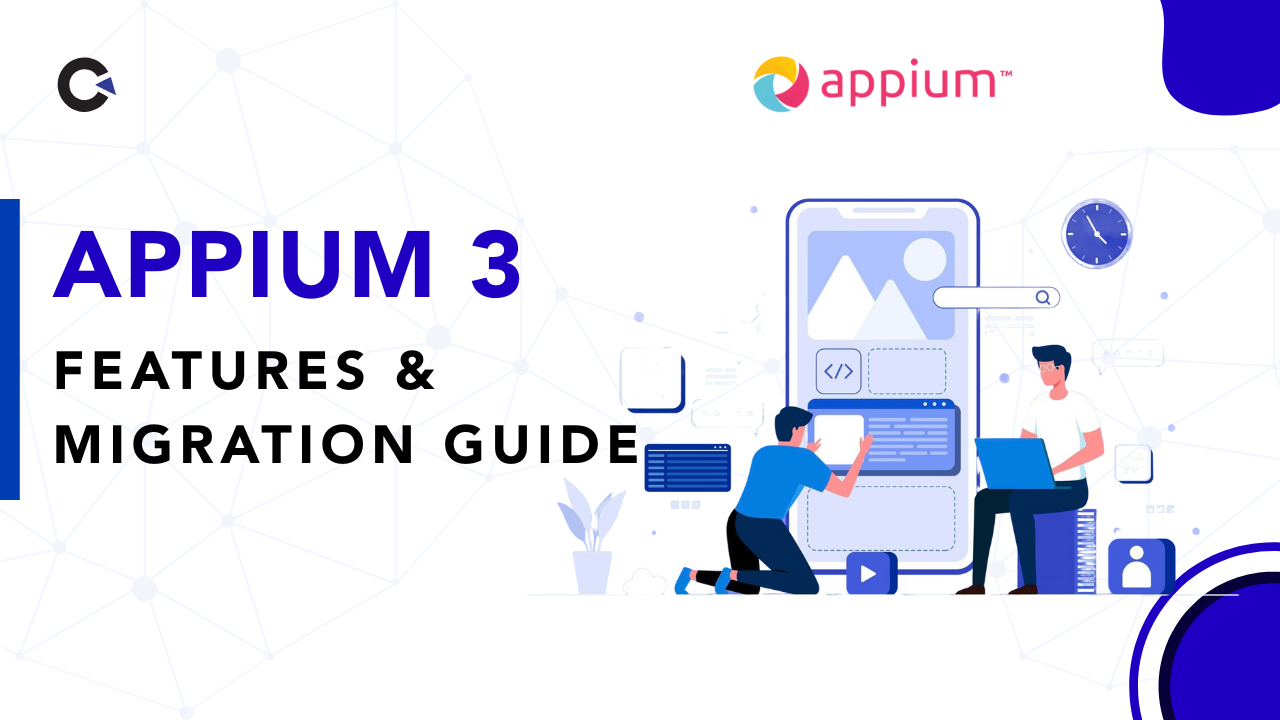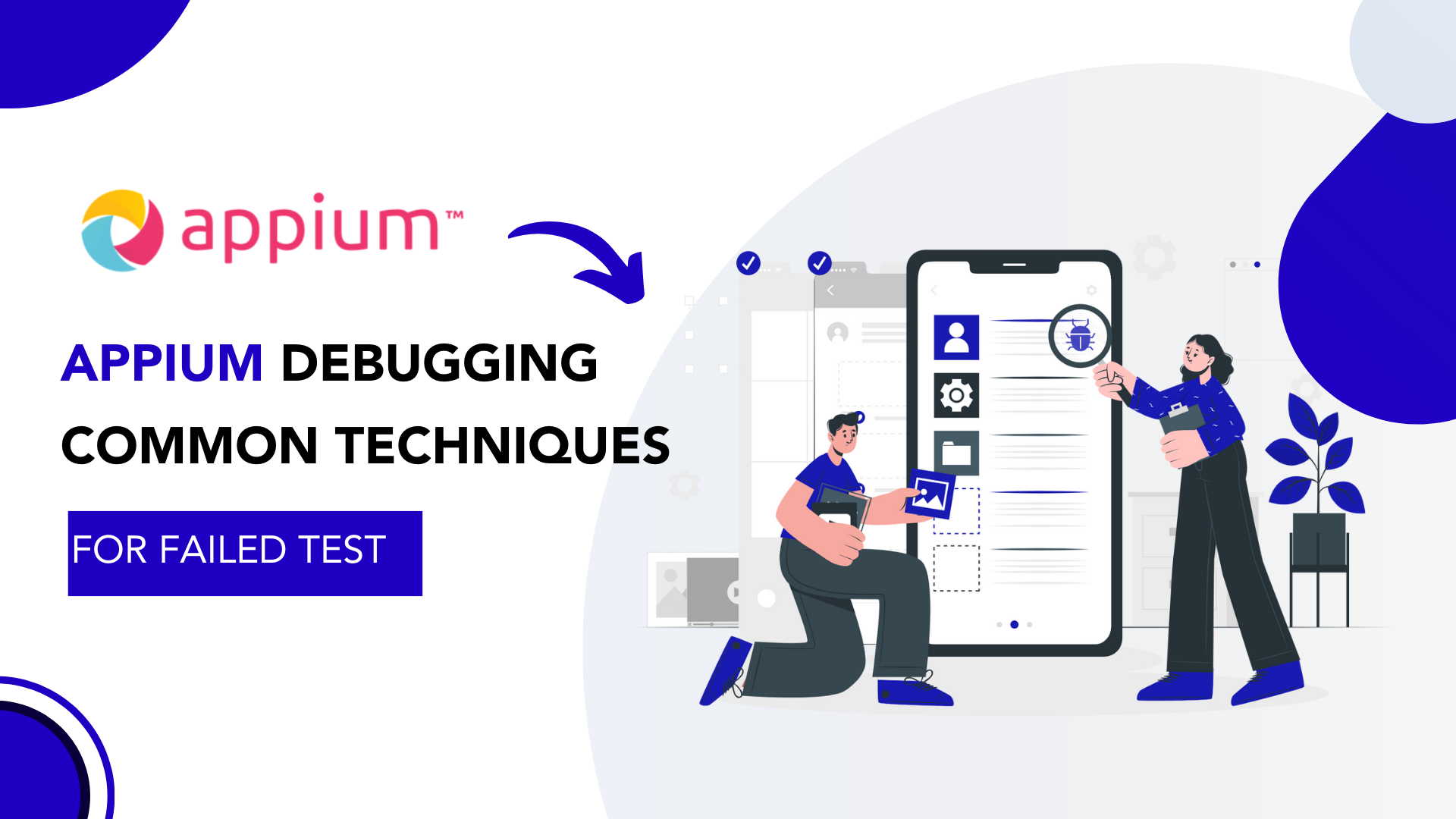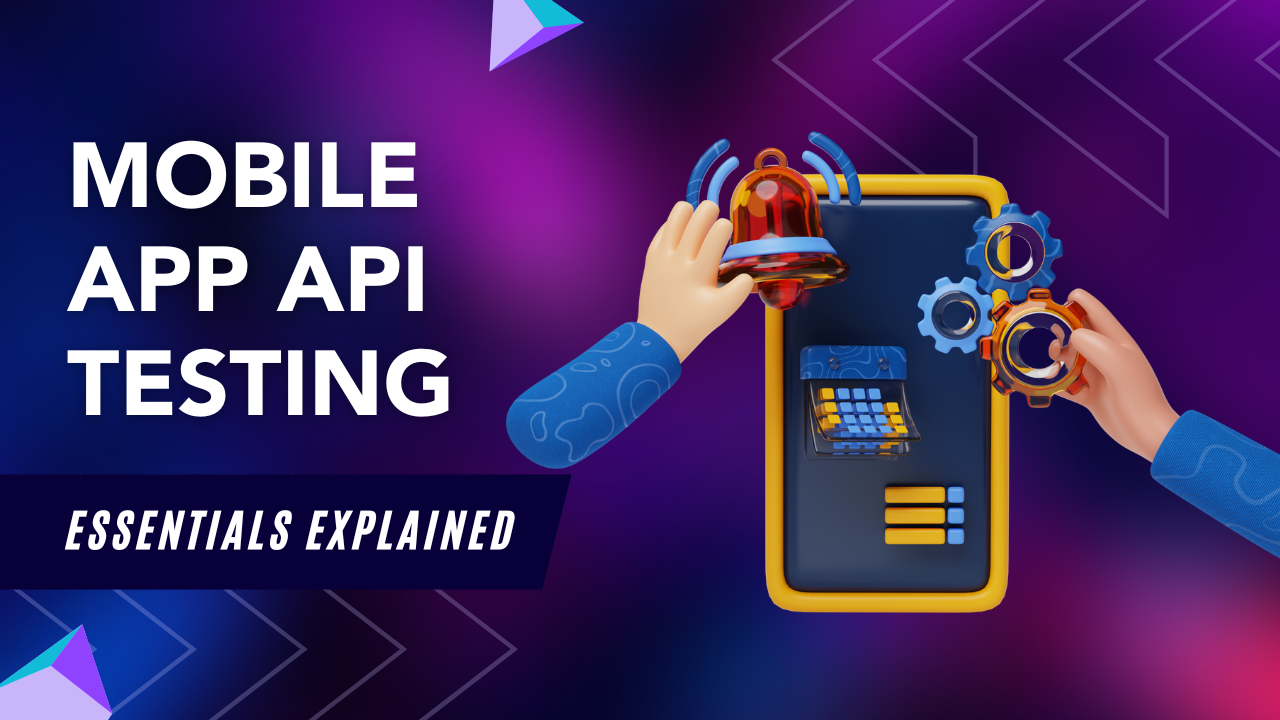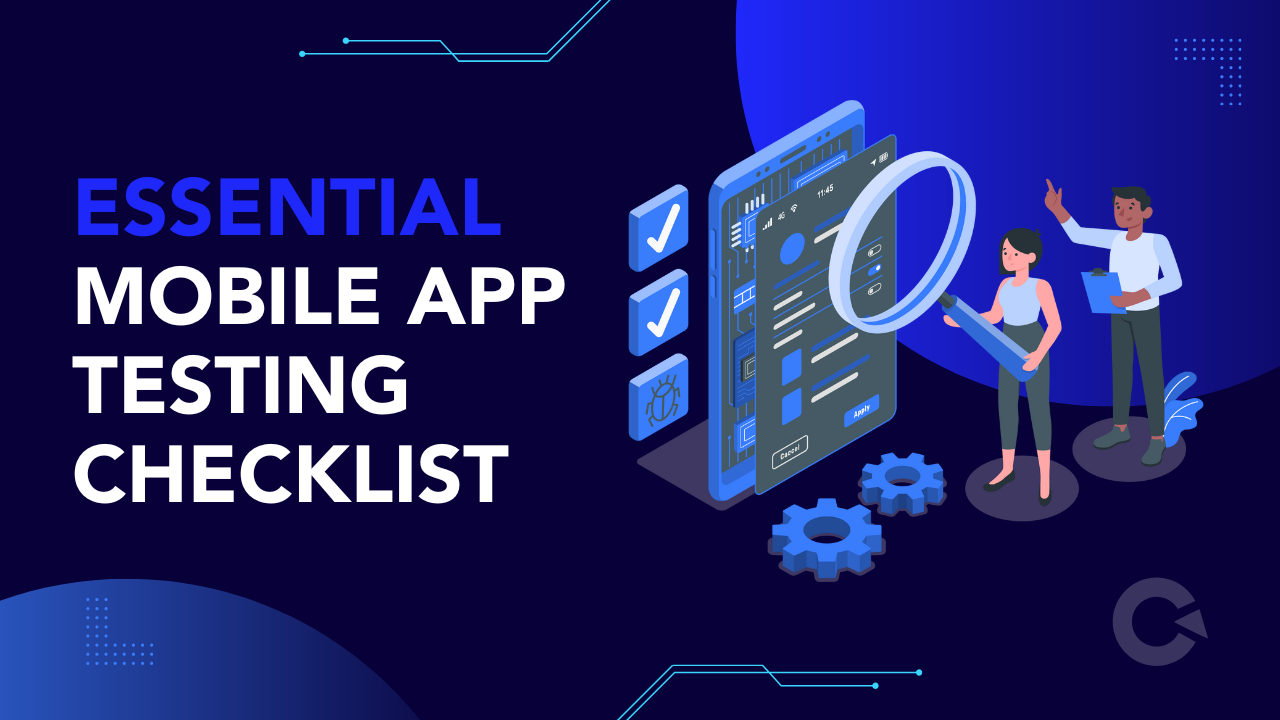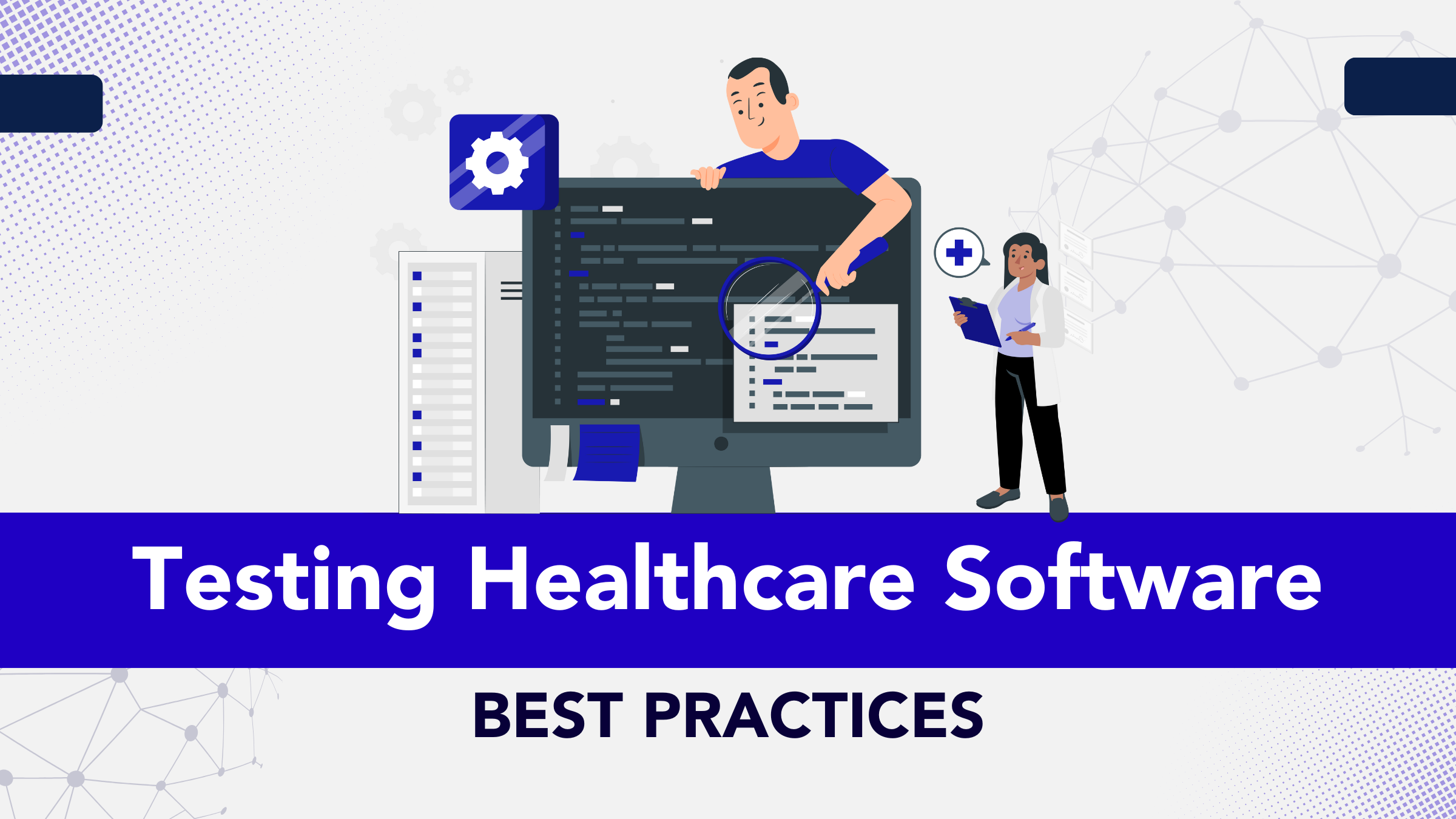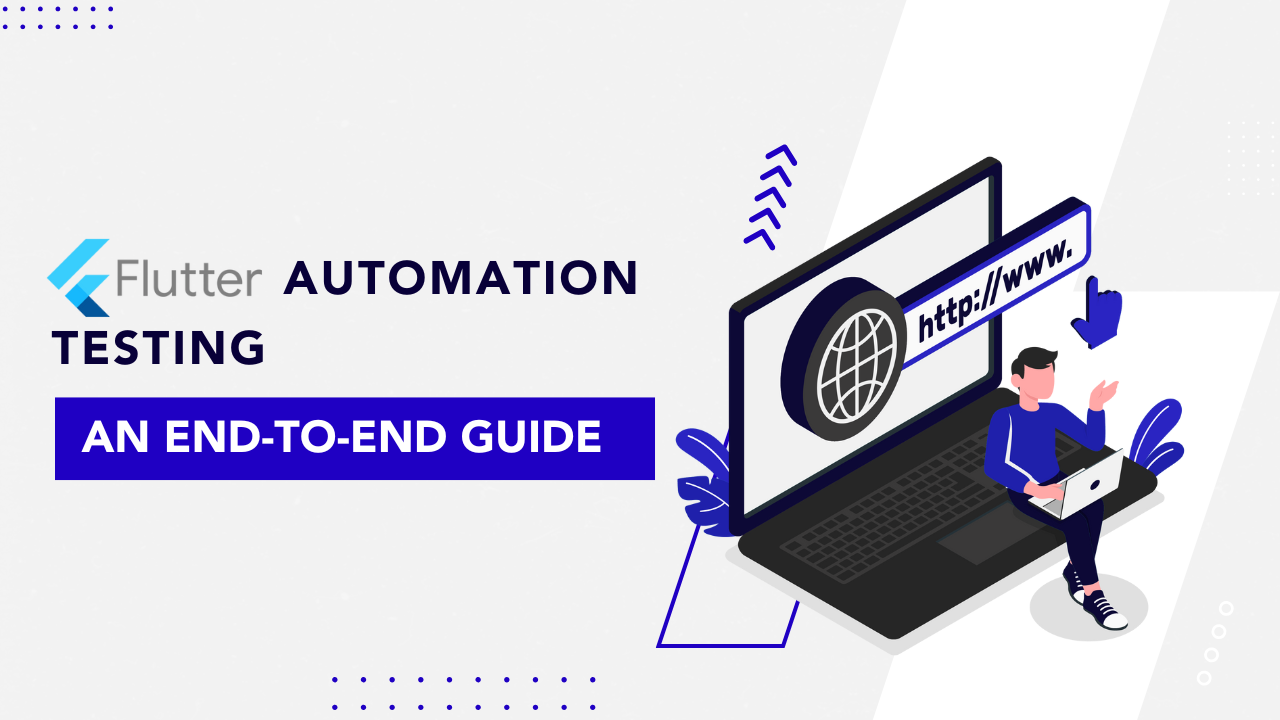
by admin | Jul 21, 2021 | Mobile App Testing, Blog |
Almost every business in the market is delving into the practice of making their own app. This is because catering to a mobile market is key to growth for several industries. However, not every establishment is successful in releasing a quality product.
Making Preparations Before Your App’s Launch Date
There’s always a danger in riding trends without having enough experience to execute them properly. This is present not just in adapting business models but also in incorporating modern marketing strategies. While it’s easy to revise mistakes on these aspects, it’s not the same with releasing a faulty app.
Having a broken app upon release will be a nightmare for your users and your brand. Remember that your app is viewed as an extension of your products and services. This is why you need to set preparations to ensure its successful product launch.
If you want to have a great product launch for your app, consider these six mobile app testing methods:
Installation Testing
It’s best to start your app’s testing on its first and final interactions with a user. Installation testing ensures that your users won’t experience difficulties installing your app, whether it’s in downloading resources or connecting to your servers. This will also be necessary for updates and patches to your app on installed devices.
Interface Testing
Interface testing involves checking the many options, history, settings, and navigation flow of your app. It also verifies if an app’s communication to your servers is accurate and timely. This is why interface testing works on both the application server and web server interface.
Usability Testing
Once connections between servers are confirmed, it’s important to check how well your app can serve its purpose. It must serve a clear goal in as few steps as possible, whether you’re running a subscription service or creating a portal for product purchases. This is why it’s necessary to employ a good User Experience (UX) design for your app. All its elements, from window sizes to navigation flow, must all be relevant and responsive.
Compatibility Testing
App development needs to account for the different platforms it can be viewed on, whether it’s a specific phone model or firmware version. This includes assessing the proper presentation of the app’s resources in specific screen dimensions. Other than navigation concerns, incompatibilities can also cause the app to crash unless certain conditions are met.
Performance Testing
Besides the compatibility of an app to a specific device, it’s also vital to check the app’s response to different conditions. This includes low battery states, poor network signals, and even low storage availability. It’ll be necessary to supplement your app with pop-up notifications and terminate certain actions if the device has these conditions.
Security Testing
It’s vital to undergo security testing for any app to avoid any loopholes or entry points to your IT infrastructure. Since you’ll be adding another channel between your customers and your service, you need to ensure that it’s secure from potential risk. This includes data leaks, unauthorized log-ins, and other attacks that can compromise your service.
Conclusion
There are around 14 tests for mobile applications, but not all of them are necessary for your product. This is why it’s necessary to identify which ones will improve your app’s development. Since these processes take time and resources to do, you must be particular about the tests you employ. Thankfully, Quality Assurance (QA) companies can determine the best tests for your app’s purposes and goals.
At Codoid, we provide business owners a reliable service of ensuring the quality of their digital products. We perform the best app testing services in the market so that your apps are ready for a successful product launch. Subscribe to our services, and receive expert and precise attention for your software’s development!

by admin | Jul 14, 2021 | Mobile App Testing, Blog |
The world has gone digital and it’s set to stay this way for years. This means our world will go through constant digital evolution to fit the mold that the current digital landscape is shaping. With that being said, tech companies and leaders are continuously creating smartphone and mobile apps developments to help build a strong digital society.
Because of the digital boom, many startup companies are emerging to build successful and effective mobile apps. These apps are often focused on consumer behavior and issues that will help target their market’s needs. However, even with a positive mindset about mobile app development and testing, many believe in various misconceptions.
Sadly, for startups and small businesses in the early stages of their mobile app development, believing these myths can result in adverse consequences. With that being said, it’s always best to work with a team of professionals and partner up with mobile testing companies to ensure that your app is perfect and with the right strategy.
Today, we’ll be focusing on the various myths surrounding mobile app testing. By being aware of these misconceptions, you’ll get to create a compelling and successful mobile app that focuses on what matters. Taking this all into account can help your app flourish in a saturated digital space.
Myth #1: Testing With Emulators is Enough
Emulators are useful in the early stages of app development, but unfortunately, these won’t bring value to your app regarding qualitative measurements. This is because emulators don’t contain hardware that could analyze your app’s performance, giving you inaccurate results during testing.
Since there isn’t anyone who uses emulators to use apps, what’s the use of testing your mobile app with emulators in the first place? It’s best to use real devices that could give you better results.
Myth #2: Using 10 to 20 Devices Can Represent the whole Android Market
You need to remember that the Android market is big — this means that different developers use various OEMs, chipsets, screen sizes, resolutions, and more. With that being said, testing your mobile app on a few devices won’t make the cut and will give you inaccurate data.
When you work with a mobile app testing company, you’ll get to run tests on different types of Android devices, allowing you to understand the end-user experience more. Besides that, when you test your devices in a larger market, you’ll get better coverage as well.
Myth #3: You Can Only Start Mobile Testing After App Development
Perhaps the biggest misconception about mobile testing is that people think mobile testing can only happen after the app has been developed. But in reality, mobile testing should work hand in hand during development to help minimize errors and reports.
When you fail to conduct testing during the development phase, this could lead to high costs and delays, which could be detrimental to your app project.
The Bottom Line: Mobile Testing is Crucial to Your Mobile Apps Success
These are only a few of the other myths surrounding mobile app testing. But knowing these misconceptions can help save your mobile app development and help your business reach success.
So, whether you’re creating a mobile app for internal purposes or you’re creating one for a larger market, working with a mobile app testing company can help mold your app to help fit the digital landscape.
How Can We Help You?
If you’re looking for mobile app testing companies, consider working with Codoid.
Codoid is an industry leader in QA, leading and guiding communities and clients with our passion for development and innovation. Our team of highly skilled engineers can help your team through software testing meetup groups, software quality assurance events, automation testing, and more.
Learn more about our services and how we can help you today!

by admin | Jul 1, 2021 | Mobile App Testing, Blog |
Mobile apps aren’t as easy to make as they may appear to be. While there are plenty of apps released every day, the reality is apps take more than just a click and point to make. They need testing to make sure that everything works.
If you have recently had an app developed, the best thing to do before releasing it to the public is to have it tested professionally. Here are the main methods of testing you can conduct on your mobile application:
4 Main Mobile App Testing Methods
1. Unit Test
Unit tests are performed throughout the development of the app. Just as the name suggests, this form of testing is done in small units before moving onto the next feature.
Testing every piece of code to see if it works may sound tedious, but it is completely necessary. If one unit fails, the chain will be disrupted and may affect other features of the app. While it is impossible to test every single thing, test as much as possible to avoid any hardships in the future.
2. Auto Test
Auto tests are conducted by QA engineers using Java or Ruby. They test for anything unexpected that may come up with the application and see how it will cope with problems. If a user, for example, enters their information three times, how will the app respond?
Auto tests also determine how applications run if the device is out of battery, lost service signal, experiences lag, or the phone’s memory storage is full. This can all be done manually, but auto tests are done repeatedly to determine the most predictable result. They note down everything that could be positive, negative, or odd.
3. System Test
System tests check the higher functionality of mobile apps. It is much more complex than unit tests and requires manual testing by QA engineers.
The testers gather all the information of what the system is intended to do, what outcome developers expect when certain actions are pressed, and what features are the most important.
After collecting that information, they conduct system tests to see if the app is doing exactly what it was intended to do. If any of the devices detect a glitch or error, the tester will note this down.
4. Acceptance Test
Acceptance tests are usually the final step for QA engineers. This test involves the opinion of the customer and whether or not it is acceptable to them.
Hiring a party outside the development team can provide insight into the mind of people who will download the app. It should be easy for them to use and they should have no complaints about the features and functionality. If it is too complicated for the average person to use, there would be no point in having the app in the first place.
Conclusion
Testing your mobile application is a necessary industry practice that makes sure everything comes outright. Professionals conduct these testing methods to find any possible thing that could lead to a dysfunctional app.
To help you do this professionally, you need the best app testing services from Codoid, an industry leader in the QA industry. We have a brilliant team of engineers who are fully qualified to look at any software. Contact us today.
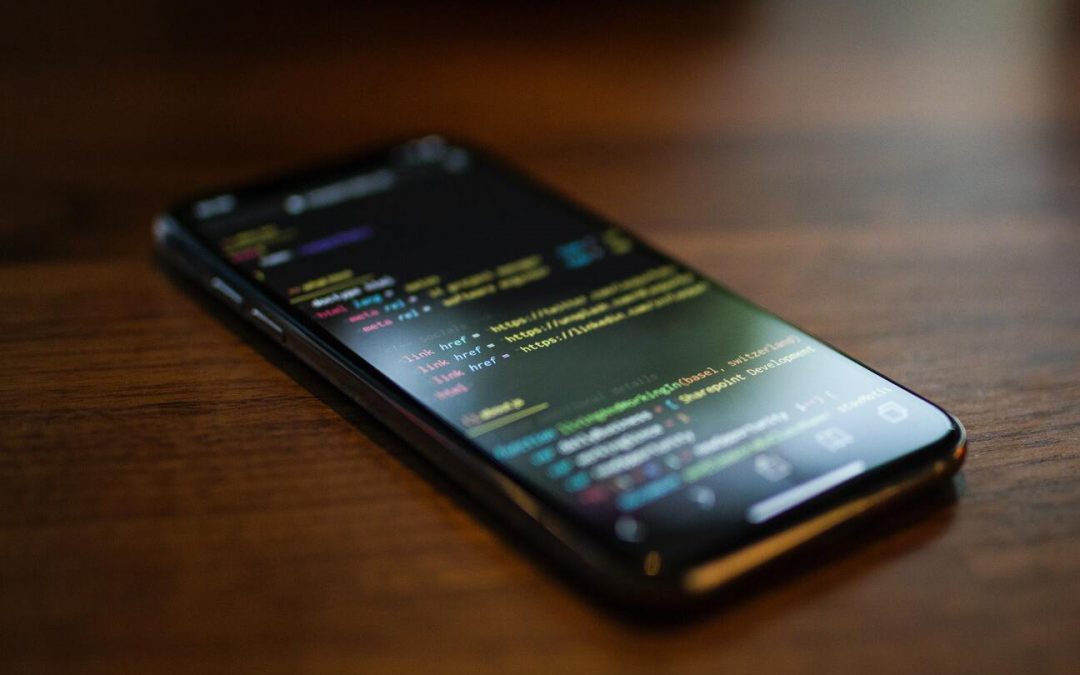
by admin | May 5, 2021 | Mobile App Testing, Blog |
All software designers and QA services aim to bring the best user experience to people who download the apps and programs they develop. They try to minimize interruptions from the app and make the processing as smooth as possible.
Similarly, they must account for user-end circumstances like the device shutting down or the user receiving a call or notification while in-app. Developers must run interrupt tests for their mobile apps—here’s a rundown of what interrupt tests entail and how they help your app’s UX.
What Are Interrupt Tests?
Interrupt tests allow you to check an app’s behavior after a disruption like a call, sudden shutdown, or notification. In most instances, the phone’s operating system handles the interruption. It is why some teams forget to conduct interrupt tests. However, ensuring a positive user experience means knowing how your app behaves in most situations.
Typically, you need to test for app behavior when the phone receives alerts from a clock or timer, calls or text messages, or alerts about low battery levels. You should also know what happens when the device gets a push notification from another app, experiences changes in network connection state, or receives notifications when the device is connected to or disconnected from a power supply.
How Mobile Apps Should Handle Interruptions
Mobile operating systems like Android and iOS typically handle some interruptions. For instance, when device owners are using an app and receive a push notification from another, the operating system handles it. It lets the open app carry on with its operations. However, when the user taps on the notification, their device will access the second app, putting the first one in the background.
Developers must ensure that their apps will run smoothly in the background and behave as expected when users switch between applications. The same should be true for interruptions like receiving calls, text messages, or other events that push the first app in the background. You also want to ensure that everything works when the battery is low or if the phone shuts down because of an empty battery.
In short, you should answer three questions: does your app crash, can it continue to operate as expected, and can it “ignore” minor interruptions?
Performing Interrupt Tests to Ensure App Efficiency
Theoretically, you could perform manual interrupt tests for mobile apps. However, manual testing leads to bottlenecks that could hamper your efficiency and delay your app’s release. Prevent this using automatic test scenarios you can implement with certain frameworks and tools. You could also hire mobile app testing companies with the tools and personnel who can perform these tests.
Any functional testing framework is suitable for interrupt testing. If you use XCTest for iOS, you can add UI Interruption Monitors to the test cases. Apple documentation provides more details about it. Meanwhile, Android has a command-line tool called UI/Application Exercise Monkey built into the Android SDK. This tool allows you to generate event streams on emulators or real devices, perfect for stress tests.
Running Interrupt Tests on Multiple Devices
Testing takes a long time even if you automate because you must run different scenarios through various OS types and versions. Running tests concurrently—in a device lab or a cloud solution—makes things more efficient. You can also go beyond parallel testing and run all your automated tests at once, ensuring the application works for most users regardless of OS version or device type.
Conclusion
An interrupt test lets a developer check app behavior and performance after disruptions from other apps or sudden device shutdowns. Tests like these allow you to prepare for all scenarios and ensure that the app works as it should, no matter the circumstance.
Take your mobile app global when you team up with Codoid. We are a dedicated, ISO-certified mobile app testing company providing end-to-end app testing and QA at competitive prices. Contact us today, and let us get started!

by admin | May 10, 2021 | Mobile App Testing, Blog |
Appium is an open-source test automation tool that is used for automating mobile web, native, and hybrid applications across platforms like Android and iOS devices by executing our test scripts using the Appium server. If you are looking to completely automate your mobile app testing process by using Appium, then it is mandatory for you to know how to automate the in-build mobile features of the device. So in this Appium tutorial, we will be focusing on how to automate some of the most useful in-built features using Appium. As a leading QA company, we also provide mobile testing as a service and these features have come in handy for us when we’ve needed to toggle between screen orientations, retrieve OTP’s, and so on in our various projects. Let’s start with the basics and find out how to start a new session before we head over to the main aspects.
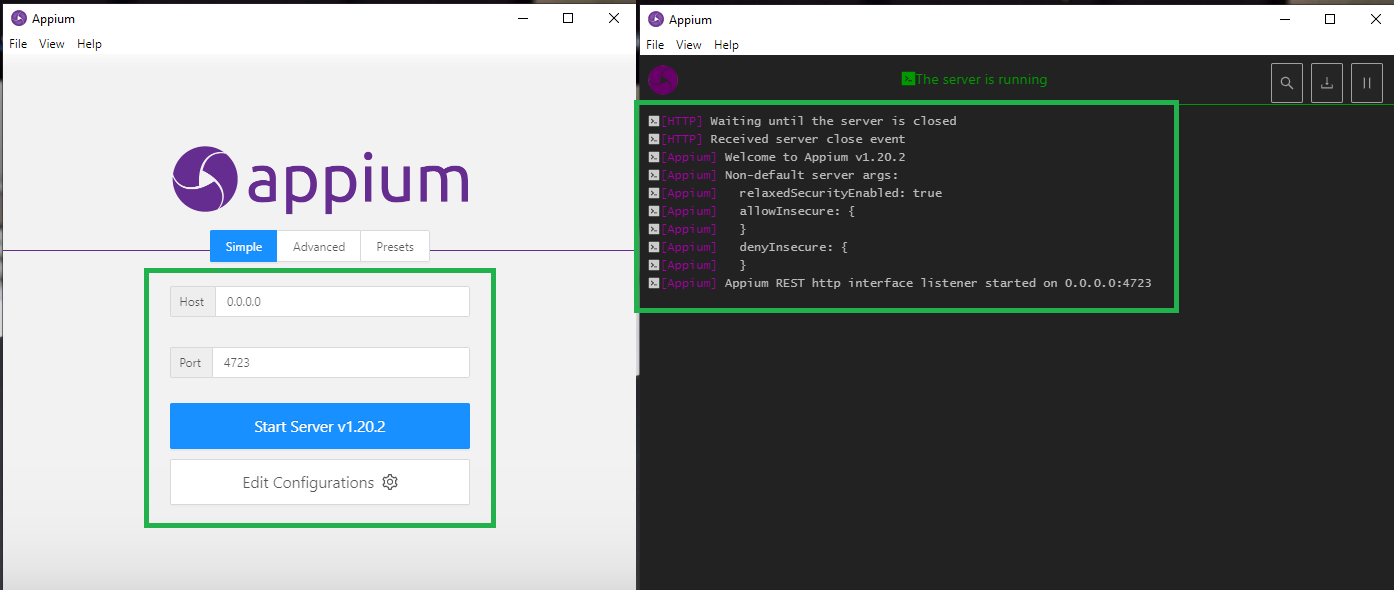
1. Creating a New Session
You can start a new session using the serer by defining the desired capabilities while passing the arguments. In the below code, we have defined the capabilities as per our need.
Passing the capabilities(Mobile Configuration)
DesiredCapabilities cap = new DesiredCapabilities();
cap.setCapability(CapabilityType.PLATFORM, "Android");
cap.setCapability(CapabilityType.VERSION, "11");
cap.setCapability("deviceName", "Samsung-Galaxy");
cap.setCapability("automationName", "UiAutomator2");
cap.setCapability("appPackage", "com.android.settings");
//New session will be created...
AndroidDriver<MobileElement> driver = new AndroidDriver(new URL("http://0.0.0.0:4723/wd/hub"), cap);
2. Installing the App:
Once you have created the new session, installing the application that you want to test is pretty much a no-brainer. Let’s take a look at the 2 ways you can install the New APK file,
(i.) Install using “DesiredCapabilities” before launching the Android driver instance.
File app = new File(new File(System.getProperty("user.dir")), "Calculator.apk"); //get APK file directory path.
capabilities.setCapability(MobileCapabilityType.APP, appDir.getAbsolutePath());
(ii.) Install via the ‘installApp’ method.
You can install the new app using the “installApp” command, and it is important to note that you would need to pass the APK file path.
Code:
driver.installApp("E:\\Projects\\APK-Files\\Calculator.apk");
Example: The calculator application will be installed on my real device through the Appium server.
3. Status of the Appium Server:
You can retrieve the Appium server status through the driver instance by making use of the below code.
Code:
o/p: {build={version=1.20.2}}
4. Appium Tutorial to Get & Set Orientation:
If you are testing any application, one of the basic things you would want to make sure of is if it works well on both portrait and landscape orientations. So you can control the screen orientation of the smartphone using Appium and set it as per your needs. You can get/set the mobile orientation using the below-mentioned command,
i. Get Orientation:
– You can get the mobile orientation information using this command “getOrientation()” as illustrated in the below code
Code:
driver.getOrientation(); //return type String.
– o/p: LANDSCAPE|PORTRAIT
ii. Set Orientation:
– You can set the device orientation to Landscape or Portrait by using the following codes,
Code:
driver.rotate(ScreenOrientation.LANDSCAPE);
driver.rotate(ScreenOrientation.PORTRAIT);
5. Geo-Location Feature Usage:
Nowadays, so many applications depend on using the Geo-location feature of the smartphone for various reasons and functions. Let’s say you are testing an application that is used to make online payments, then there might come a scenario where you might have to turn on the GPS of the smartphone during sign-in to monitor any suspicious activity. So you can get/set the Geo-location using the location() command in Appium. It will return the Geo-location in the form of (Latitude, Longitude), and the code you need is listed below.
Location location = driver.location(); // Get current device location.
System.out.println("Locations : "+location);
6. Appium Tutorial to Retrieve Device Settings:
You can get the Device settings using the driver instance, which will return the current device settings.
Code:
Map<String, Object> settings = driver.getSettings();
If you want to add one more capability, we can add it via the setSetting() method. (Update the current setting in the mobile device) At times the page you want may not load though you have a fast internet connection, and you wouldn’t want your automation testing to be stuck there for no good reason. So by using this option, you will be able to assign a timeout.
Code:
driver.setSetting(Setting.WAIT_FOR_IDLE_TIMEOUT, 5000);
By making use of the above code, we have set a timeout of 500 milliseconds (5 seconds). After which, if the scenario is idle without proceeding any further, then it will be considered a failure, and the next scenario will begin testing.
7. Appium Tutorial to Start an Activity:
One of the most common scenarios where you might need to rely on another application like messages is to retrieve an OTP or send a verification message for safety purposes. You can easily start an Android activity by providing the package name and the activity name.
To initialize the New Android app using Activity and package name. If you want to launch the new app for the same execution, we can call the “startActivity” method.
For example, during the same execution, receive the OTP in the Messages app; You can call the “startActivity” method.
driver.startActivity(new Activity("<<PACKAGE-NAME>>", "<<ACTIVITY-NAME>>"));
Example:
driver.startActivity(new Activity("com.samsung.android.messaging", "com.android.mms.ui.ConversationComposer"));
8. Appium Tutorial for Recording the Screen:
You might be testing an app that is specifically designed to work well with screen recorders, or if we look at a more common scenario, you might have to record the entire test execution from step A to step Z as it is easier to explain what the bug is. Or you might want to use this feature to maintain a log of all the tests that you have done. In these scenarios, you can make use of the below-mentioned code snippet to get the job done. We can record the mobile script execution using the “startRecordingScreen” method, which is provided by appium.java_client package.
driver.startRecordingScreen(
new AndroidStartScreenRecordingOptions().withTimeLimit(Duration.ofSeconds(60)));
// Do the actions
driver.activateApp("com.android.settings");
driver.openNotifications();
driver.toggleWifi();
// Stop the Recording screen function.
String result = driver.stopRecordingScreen();
byte[] decodedVideo001 = Base64.getMimeDecoder().decode(result);
Path testVideoFile11 = Paths.get("E:\\Projects\\Codoidian\\Android-InBuiltMobOptions", String.format("%s-%d.%s", "Test-Video-", System.currentTimeMillis(), "mp4"));
Files.write(testVideoFile11, decodedVideo001);
The feature has more customization options to offer as we can assign time limits or size limits for the screen record. You can use the above codes for this purpose.
i. withTimeLimit(), ii. withVideoSize(), etc…
Once you stop the screen recording, you will have the option to set/write the path for the video file and define where it has to be saved.
9. Device Interactions Features:
Device Interactions are some of the basic features that every end-user would use, and a feature we would not miss covering in our Appium tutorial. Features like locking the device or unlocking the device are a couple of examples. If you are looking to test a video player application, then you might want to see what happens to the app when the device gets locked as a video is playing. Either there should be an option for background play, which will result in the audio continuing to play, or the app must stop playing once the device is locked. Now let’s find out how to accomplish this. We have listed the feature and the code that is required.
i. Lock the device
ii. Unlock the device
iii. Get DeviceLocked status
driver.isDeviceLocked(); // return boolean function{TRUE|FALSE}
10. Controlling Keyboard Actions:
Another basic inbuilt feature every application uses is the keyboard. We ourselves would have seen the same bug in many applications where the keyboard does not hide once the OTP or pin or any data is entered. To make things worse, the button to click to go to the next stage will be hidden by the keyboard during such scenarios. So how can you open the keyboard, hide it and even check the current status of the keyboard? Easy, you can simply follow the below commands.
i. To open the Keyboard.
ii. To hide the Keyboard.
iii. You can use the below code to check whether the Device keyboard is Opened or not.
driver.isKeyboardShown(); // return boolean function{TRUE|FALSE}
11. Appium Tutorial to Get Performance Data:
Obtaining the performance data is a very important feature that we will be seeing now in this Appium Tutorial as nobody wants to use an app that is overloading their device. You can verify if the app you are testing is optimal or not by obtaining the logs of the Mobile application performance data types such as CPU, Memory, Network traffic, and Battery. We have listed the codes you will need below.
Code:
List<String> performanceTypes = driver.getSupportedPerformanceDataTypes();
O/P: [cpuinfo, memoryinfo, batteryinfo, networkinfo]
We can also retrieve the performance log from the Appium driver instance using this method, and we need to pass the parameters like AppPackageName, PerformanceDataTypes, and Data Read Timeout.

Code:
List<List<Object>> LstPerfDataBatteryInfo = driver.getPerformanceData("com.COMPANY.android", "batteryinfo", 5);
List<List<Object>> LstPerfDataNetworkInfo = driver.getPerformanceData("com.COMPANY.android", "networkinfo", 5);
12. Terminate App & Remove App Features:
Once you have completed testing the app with a few test cases you would have to start over with a new combination after closing the app. Or you might have completely finished testing and would want to uninstall the application from the device itself. You can easily do both by making use of the below codes.
i. Terminate App:
– In this Method(terminateApp), We can use it to close the App from a real device using App Packages or Activity Names.
Example:
driver.terminateApp('com.android.settings');
ii. Remove App:
– In this function(removeApp), To uninstall the Application from the real device. (It will be removed/deleted entirely from the real device which is passing the Package Name)
Example:
driver.removeApp("com.example.AppName");
13. Is App Installed Feature
You might use this feature at the beginning before you start testing or use it at the end once you have uninstalled the application. It is used to check whether the application is installed or not in the real device, and we can use the ‘isAppInstalled” command to do it. It’ll return a Boolean function that is either true or false.
Example:
driver.isAppInstalled("com.samsung.android.messaging")
Conclusion:
We hope that this blog has been an informative and enjoyable read for you. These are the basic in-built features that we thought you might use in most of your testing. If you would like to know how to automate any other in-built feature using Appium apart from what we have discussed in this Appium Tutorial, just head over to our comments section and post your question. As one of the companies that provide the best mobile device testing services, we will be able to help you out with any doubts. Also, make sure to subscribe to our blog as we will be posting more of such informative content that will help you stay on top of your game.
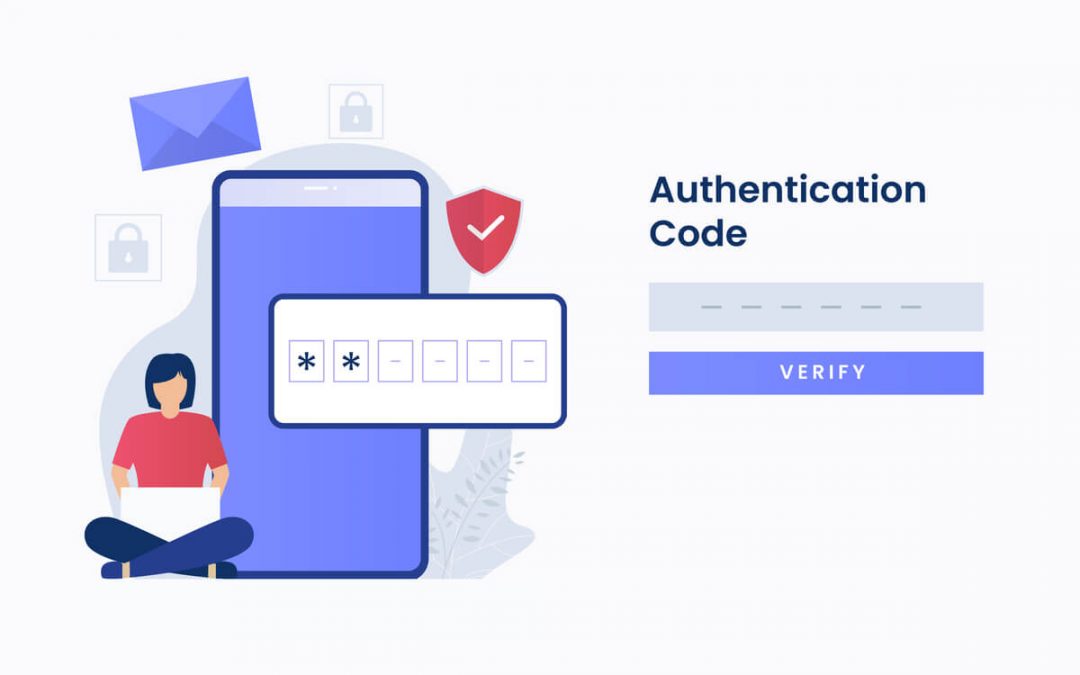
by Mollie Brown | Apr 22, 2021 | Mobile App Testing, Blog |
Appium is one of the best mobile app automation tools in the market and knowing how to automate OTP in Appium is a fundamental technique every automation tester must know. If you are wondering why we need to automate OTP in Appium when we can simply have the developer make the OTP static and proceed with our script. There is a big catch in such a method because the above solution will work only for the STAGE or DEV environment. But when it comes to a production environment, we can’t just run the same static OTP automation script over and over again as it’s simply not practical. Being a leading Test Automation Company we always believe in successfully implementing automation that enhances the overall quality. So in this blog, we will be explaining how to automate OTP in Appium by following 4 simple steps.
How to automate OTP in Appium
There are two ways to automate the OTP scenario using Appium in an Android device;
- We can either make use of our notification bar to retrieve the OTP.
- Or, we can open up our ‘messages’ app and retrieve the OTP.
In this blog, we will be focusing on how to retrieve the OTP from the notification bar, as it is a less complex approach that keeps the focus of testing on the intended app. Let’s start with the basic prerequisites you need to get the job done.
Pre-Requisite
- Install the application you work with (Example., Amazon)
- Connect your mobile (Android) to the PC either through cable or Wi-Fi.
- Install Appium on your PC.
4 Steps to Automate OTP in Apppium
We have mentioned the code that we have used for this example below. We have also broken down the main parts of the code and explained them one by one so that you will be able to get a crystal-clear understanding of the process. Make sure you don’t skip the specific notes that we have mentioned below the explanations as well. Now let’s find out how to automate OTP in Appium.
Step 1: Open the notification panel and clear the previous notifications
driver.openNotifications();
try {
AndroidElement notification = driver.findElementById("com.android.systemui:id/clear_notifications");
if (notification.isDisplayed()) {
notification.click();
return new EnterPhoneNumber(driver);
}
} catch (Exception e) {
System.out.println(e);
driver.pressKey(new KeyEvent(AndroidKey.BACK));
}
Code Explanation
- driver.openNotifications() – Opens Android notifications (Emulator only)
- AndroidElement notification = driver.findElementById(“com.android.systemui:id/clear_notifications”) – This line will find and store the element in “notification”.
- if (notification.isDisplayed()) – checks whether the “clear_notification” element is present.
- notification.click() – if present, clear the notification by clicking on it.
- driver.pressKey(new KeyEvent(AndroidKey.BACK)) – if no notification is present, then press back to the application.
Note: Kindly change the locator according to your mobile element. We have taken the “clear_notification” locator for the following element.
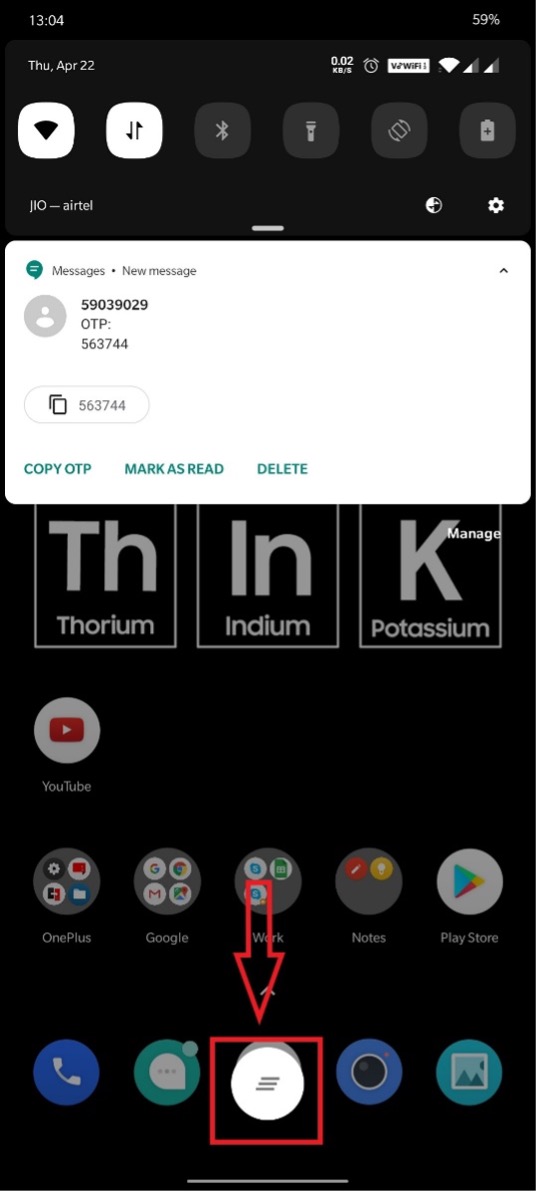
Step 2: Write the code to the point where you are asked to enter the mobile number.
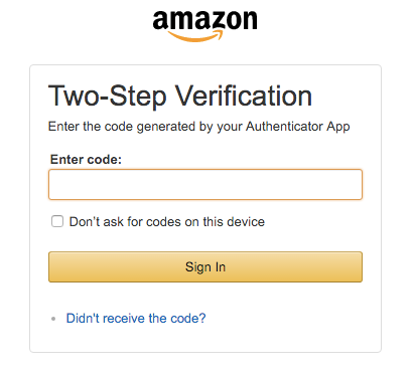
Step 3: Once you have entered the mobile number, open the notification panel and wait for the OTP to appear, and retrieve it.
String OTP = new String();
try {
driver.openNotifications();
Thread.sleep(3000);
List<AndroidElement> messageText = driver.findElementsById("android:id/message_text");
int Size = messageText.size();
System.out.println("Size =" + Size);
for(int i=0; i<=3; i++) {
Thread.sleep(2000);
if(OTP.length()==0) {
OTP = OTPloop(Size, messageText);
}else {
System.out.println("OTP Found");
break;
}
}
if(OTP.length()<6) {
System.out.println("---- Failed to retrieve OTP ----");
driver.pressKey(new KeyEvent(AndroidKey.BACK));
return "";
}else {
OTP = extractOTP(OTP);
}
if(OTP.length()==0) {
Assert.fail("OTP not received");
}else {
System.out.println("OTP is: " + OTP);
}
driver.pressKey(new KeyEvent(AndroidKey.BACK));
} catch (Exception e) {
e.printStackTrace();
return "";
}
return OTP;
}
private String OTPloop(int size, List<AndroidElement> element) {
System.out.println("Inside OTP Loop method");
for (int i = 0; i < size; i++) {
System.out.println("Current position = " + i);
if (element.get(i).getText().contains("OTP: ")) {
return element.get(i).getText();
}
}
return "";
}
private String extractOTP(String OTP) {
Pattern p = Pattern.compile("\\d+");
Matcher m = p.matcher(OTP);
while(m.find()) {
System.out.println(m.group().length());
System.out.println(m.group());
if(m.group().length()==6) {
System.out.println("The OTP is: " + m.group());
return m.group();
}
}return "";
}
Code Explanation
- List messageText = driver.findElementsById(“android:id/message_text”) – This code will get the OTP message from the notification bar
- OTP = OTPloop(Size, messageText) – It is a method, which will search for the given text “OTP: ” in that “messageText”. If found, it will retrieve the text from that element.
- if(OTP.length()<6) - Used for verifying the size of the OTP (Change it according to your OTP as it varies from app to app)
- OTP = extractOTP(OTP); >> To extract the OTP using Regex
Note: Kindly change the locator according to your mobile element. We have taken the “messageText” locator for the following element.
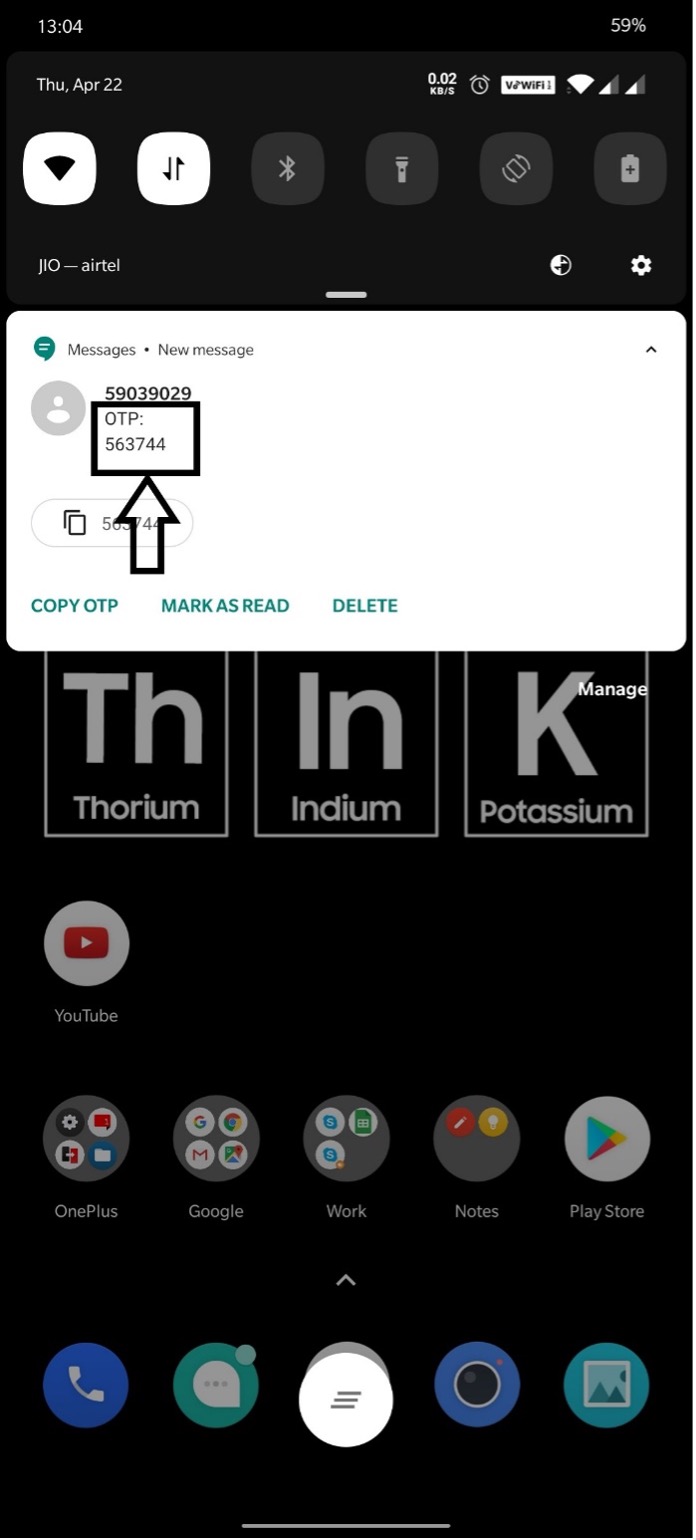
Step 4: Enter the retrieved OTP in the OTP textbox.
try {
AndroidElement otpBox = driver.findElement(By.id("in.amazon.mShop.android.shopping:id/otp_edit_text"));
if (otpBox.isDisplayed()) {
System.out.println("--------- Entering OTP ---------");
if(otp != null) {
otpBox.sendKeys(otp);
}
}
} catch (NoSuchElementException e) {
System.out.println("OTP textbox not displayed");
}
Code Explanation
- AndroidElement otpBox = driver.findElement(By.id(“in.amazon.mShop.android.shopping:id/otp_edit_text”)) – This line will get the OTP textbox element and store it in the “otpBox”
- otpBox.sendKeys(otp); – Enter the retrieved OTP to the “otpBox”.
For the latest Android versions (From Android 14)
OTP will be automatically fetched in certain scenarios such as signup, login, or password recovery. However, for other cases like two-step verification, authenticator apps, or payment-related scenarios, you can follow the steps outlined above to automate OTP retrieval.
Conclusion
So those are the 4 simple steps that you can use to successfully automate OTP in Appium. Thank you for your time, we hope this blog has been informative and that you have enjoyed reading it. We also hope you are clear on how to automate OTP in Appium as it is a must-know technique that will come in handy for all automation testers. It has also been useful for us in helping us deliver the best Test Automation Services to our clients. We will constantly be updating such useful and technically sound blog articles on our website. So make sure you subscribe to our Newsletter so you don’t miss out on any of it. If you have any doubts about the above-discussed methods, or if you have any inputs that could make the process even more efficient, kindly head over to the comments section and let us know.
Frequently Asked Questions
-
How do you test OTP functionality?
One can test the OTP functionality by checking how long it takes for the user to receive the OTP, if the OTP expires after the specified time, if the resend OTP option works, if the OTP is accepted, and if the transaction gets canceled after the defined number of invalid entries.
-
How to Automate OTP scenarios?
OTP scenarios in Android can be automated using Appium either by retrieving the code from the notification bar or from the messages app used on the phone.
-
What does OTP stand for?
OTP stands for One-time Password and as the name suggests, it is a single-use code received as an SMS or email to enable a secure verification process.




